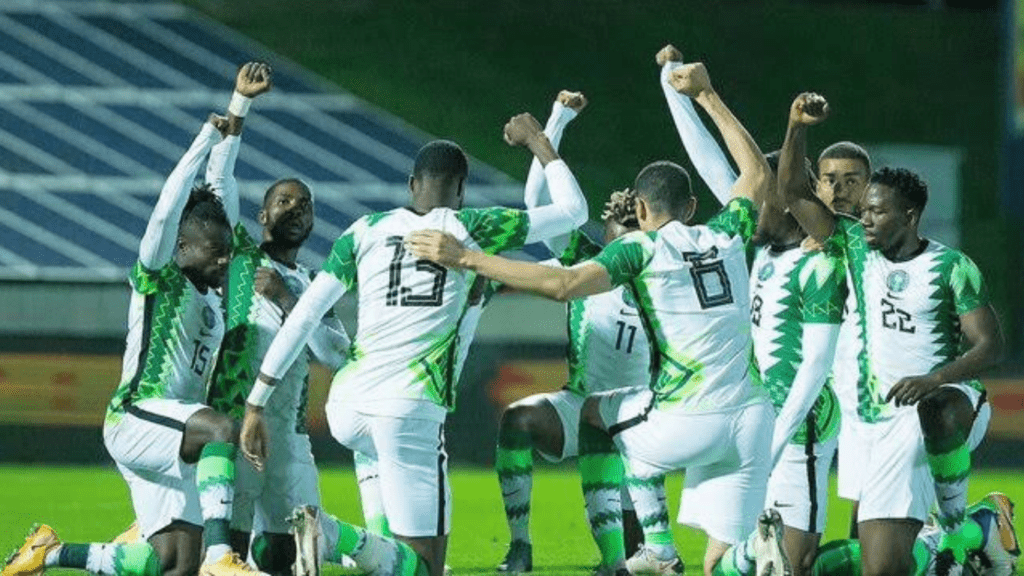Strong team communication isn’t just a nice-to-have; it’s the backbone of any successful group. I’ve seen how miscommunication can derail projects and how clear, intentional dialogue can turn things around. When teams communicate effectively, they don’t just work better—they thrive together.
That’s where team communication drills come in. These exercises aren’t just about talking; they’re about building trust, fostering understanding, and creating a culture where everyone feels heard. Whether it’s brainstorming under pressure or navigating tough conversations, these drills are designed to strengthen bonds and boost overall performance.
The Importance Of Team Communication
- Team communication ensures that everyone understands their roles and responsibilities. Clear communication minimizes misunderstandings, reducing delays and errors in project execution. Effective dialogue allows team members to align their efforts toward shared goals.
- Strong communication fosters trust within teams. When individuals feel heard and valued, collaboration improves. This trust creates a positive environment where creativity and problem-solving thrive.
- Rapid decision-making becomes possible with streamlined communication. Teams address challenges faster when information flows freely and accurately. In high-stakes projects, this agility directly impacts results.
- Consistent communication enhances individual and collective productivity. Sharing updates, feedback, and progress ensures all team members remain on the same page. For example, regular check-ins or status meetings help monitor milestones effectively.
- Investing in communication boosts long-term performance. Teams that practice and refine communication skills adapt more efficiently to change. This adaptability makes them more resilient in dynamic environments.
Key Benefits Of Effective Communication Drills

Effective communication drills improve team dynamics, fostering stronger connections and efficient workflows. These exercises address collaboration, conflict resolution, and morale to enhance overall team performance.
Enhanced Collaboration
Drills that focus on clear communication help teams share ideas and align on goals. When everyone understands their roles and contributions, duplication of efforts and errors decrease. For example, role-playing exercises can simulate real-life scenarios to improve coordination in day-to-day operations or high-pressure projects.
Conflict Resolution
Structured communication drills teach teams to address issues constructively. Facilitating active listening and clear articulation ensures differences are resolved quickly. For instance, activities like group discussions on hypothetical challenges can prepare teams to handle disputes with professionalism, preserving relationships.
Boosted Team Morale
Consistent communication practices promote trust and inclusivity. Teams feel valued when ideas are heard and recognized. Drills such as feedback exchanges or team-building activities create a positive atmosphere where motivation and engagement thrive, ultimately benefiting project outcomes.
Types Of Team Communication Drills
Team communication drills focus on:
- strengthening interpersonal skills
- improving collaboration
- fostering trust
Below are various types of drills that enhance team communication effectively.
Active Listening Exercises
Active listening builds understanding and trust within teams. In these exercises, team members pair up to share ideas, with one speaking and the other summarizing to ensure clarity. These drills train participants to listen attentively, clarify uncertainties, and focus on nonverbal cues like body language and tone. For example, repeating or paraphrasing what was heard ensures alignment and reduces miscommunication.
Role-Playing Scenarios
Role-playing scenarios help teams navigate real-world challenges through simulation. In these drills, team members assume roles in hypothetical situations, like resolving a conflict between departments or managing a delayed project. The goal is to practice empathy, improve problem-solving, and examine communication styles. These scenarios allow teams to refine responses and build strategies for effective communication under pressure.
Team-Building Games
Team-building games foster camaraderie while emphasizing collaborative communication. Activities like “Two Truths and a Lie” or “Blindfold Navigation” boost trust and encourage open dialogue. For example, games involving problem-solving in small groups reinforce the importance of clear instructions and active cooperation. These exercises make communication both engaging and purposeful.
Feedback Sharing Sessions
Feedback sharing improves transparency and strengthens relationships. Structured sessions involve open discussions where individuals share constructive feedback while practicing positive framing. For example, “Start-Stop-Continue” encourages sharing actionable suggestions and praising effective behaviors. Regular feedback sharing builds trust, resolves misunderstandings quickly, and aligns team expectations.



 Founder & Head Performance Strategist
Founder & Head Performance Strategist
